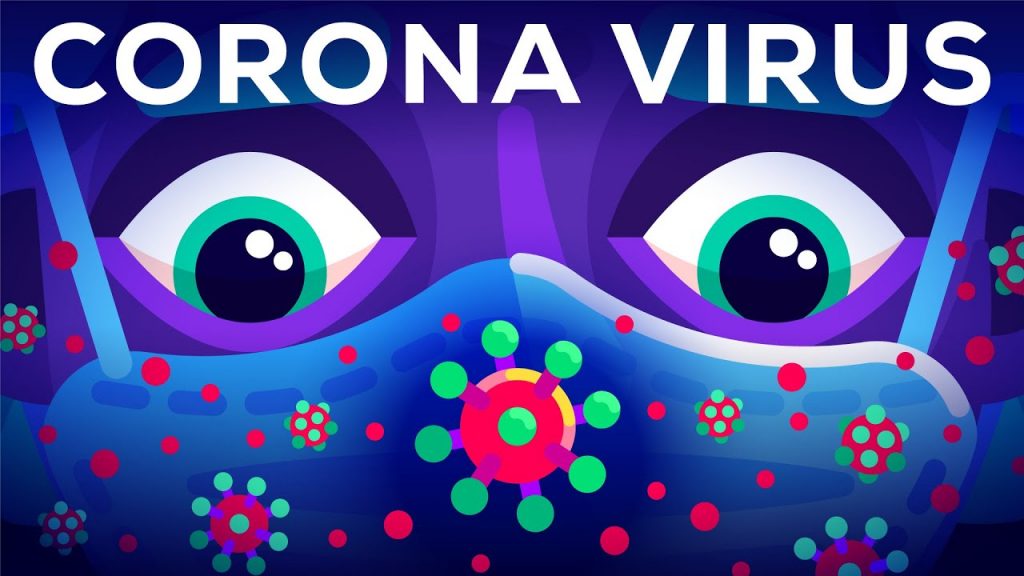EXPERTS SEE WORRISOME LINK BETWEEN CORONAVIRUS, POLLUTION

April 12, 2020 – Advocates and Democratic lawmakers are raising concerns over new research that suggests environmental conditions could exacerbate the effects of the coronavirus on low-income and minority communities.
A recent Harvard study found that people who live in areas with more exposure to air pollution are more likely to die from the pandemic, while other research shows that black and Latino communities people are disproportionately affected by the disease.
“In public health, it’s often said that your ZIP code is more indicative of your health outcomes than your genetic code,” Lubna Ahmed, the director of environmental health at WE ACT for Environmental Justice, told The Hill.
Related Article: Exposure to Air Pollution and COVID19 Mortality in the United States
Polluting industries are frequently located near low-income and minority communities. One assessment published by the American Public Health Association in 2018 showed that nonwhite and low-income communities are harder hit by pollution.
Authors of the more recent Harvard study on the coronavirus said their results “suggest that long-term exposure to air pollution increases vulnerability to experiencing the most severe COVID-19 outcomes.”
That study added to a growing body of research on the overall health risks to communities exposed to high pollution levels, neighborhoods that are often occupied by people of color and low-income residents.
Ahmed pointed out that those groups often face worse outdoor air quality — caused by pollution from cars and emissions-producing facilities — and indoor air quality related to mold and poor ventilation in low-income housing.
Related Article: Reducing Air Pollution Exposure in Passenger Vehicles and School Buses
“Anybody who’s been impacted by pollution is in danger of infection by COVID-19 because they face this elevated risk of having underlying conditions,” she said.
As an example, she pointed to Manhattan’s bus depots on the upper part of the island, where a higher percentage of the population is made up of people of color. Her group has charged that these bus storage centers are responsible for toxic emissions.
Greater exposure to air pollution has been linked to respiratory conditions such as asthma, which can increase risks of serious illness or death from the virus.
“We see in these big cities higher rates of minority communities suffering from death from COVID-19,” said Rep. Donald McEachin (D-Va.).
He said those residents are “already having adverse health conditions” because of the pollution they’re exposed to, “and then you add COVID-19 to it and you have a recipe for disaster.”
Related Article: Adopting Clean Fuels and Technologies on School Buses: Pollution and Health Impacts in Children
But it’s not just pollution, said environmental justice activist Theresa Landrum.
She noted that a lack of access to water threatens to worsen health conditions for people in low-income communities hit by the coronavirus.
“Many people here in the Detroit area still don’t have water,” Landrum said, noting that many have said the “first line of defense” for the virus is to “wash your hands,” which is difficult without water.
Detroit has reported more than 6,200 coronavirus cases and over 325 deaths.
The new studies linking environmental conditions to impacts of the coronavirus come as more demographic data sheds light on the spread of the disease.
In Louisiana, 70 percent of those who have died were black, despite the African American community accounting for just 32 percent of the state’s population. In New York City, the virus has been about twice as deadly for blacks and Latinos as for white people.
Related Article: Trends in NOx and NO2 Emissions and Ambient Measurements in the UK
For decades, advocates have called for action at the state, local and federal level to tackle the effects of environmental issues on marginalized communities.
McEachin, a member of the Congressional Black Caucus, co-authored an environmental justice bill earlier this year that he says would address some of those inequities.
The legislation would require that Clean Air Act and Clean Water Act permitting decisions take into account the broader impact of pollution. It also would authorize $75 million to support projects tackling environmental and public health issues.
Ahmed said it’s not just important to understand that communities of color are disproportionately impacted, but also to look at the environmental factors behind the phenomenon.
“Major issues are the underlying factors that cause black and brown communities to be more vulnerable to this disease,” she said.
This ARTICLE was written by Rachel Frazin and published in The Hill, on April 12, 2020.
